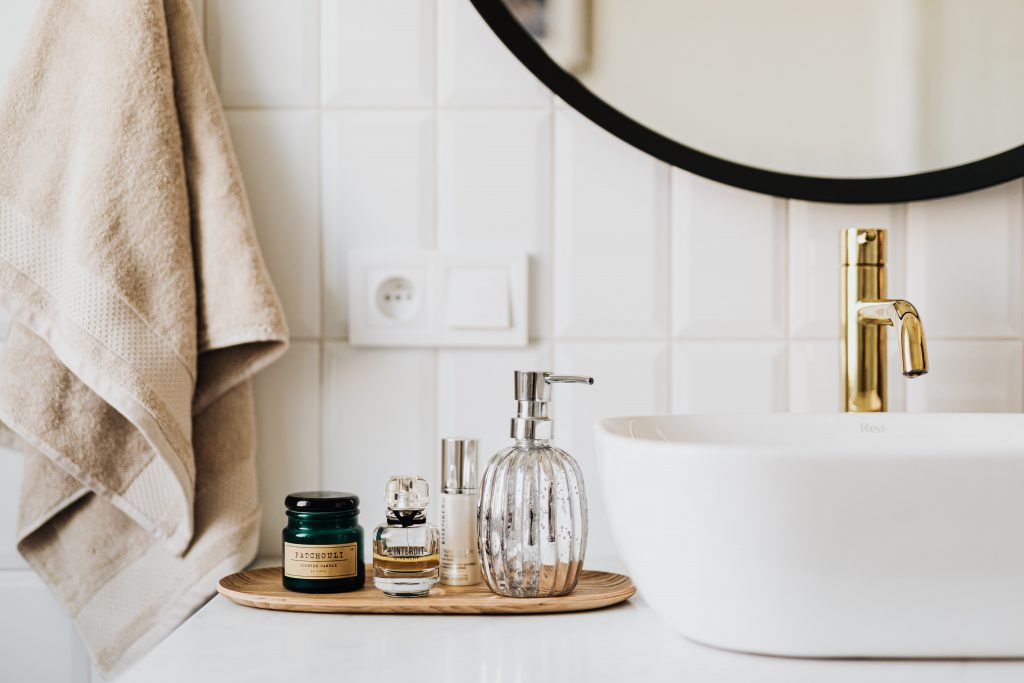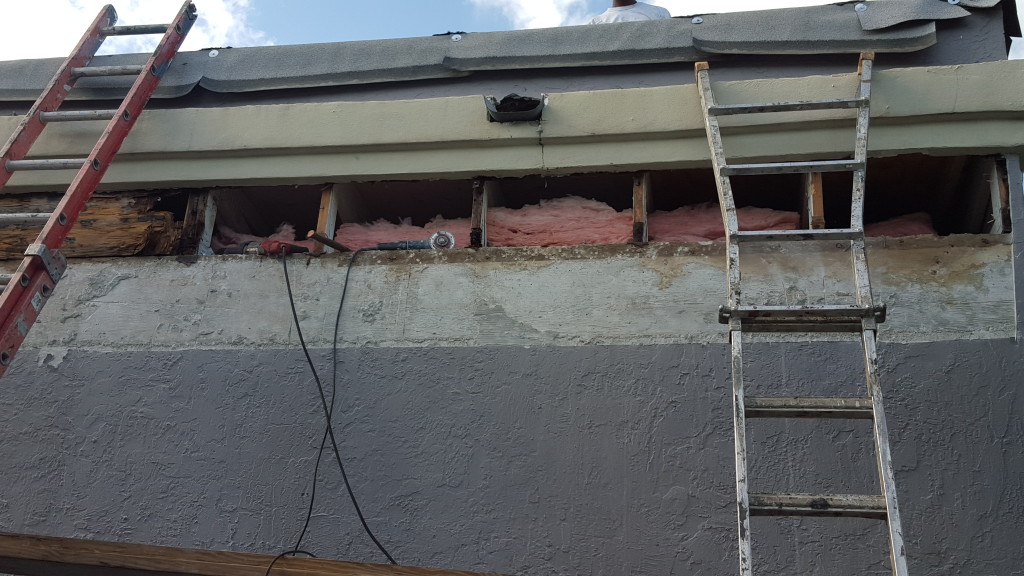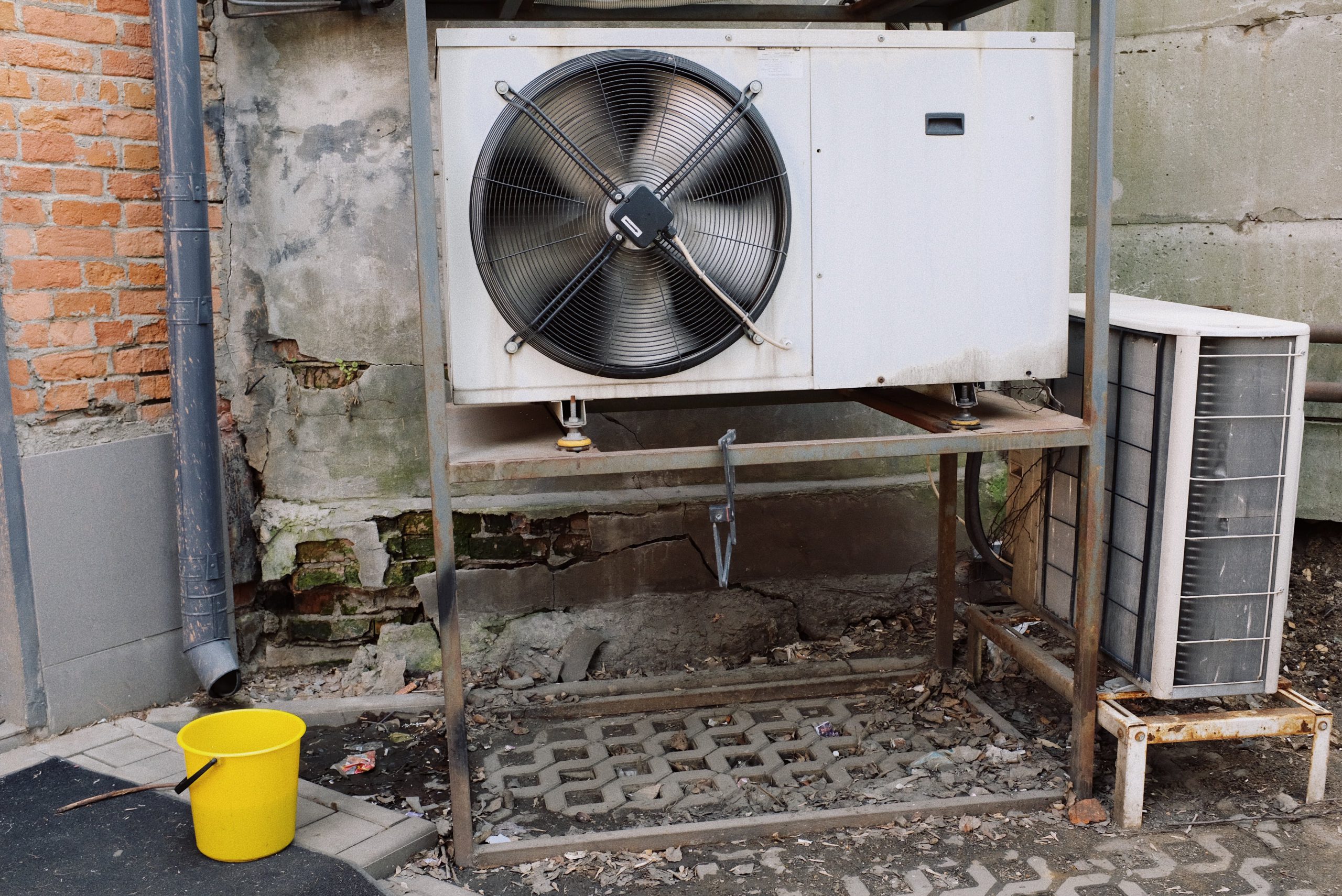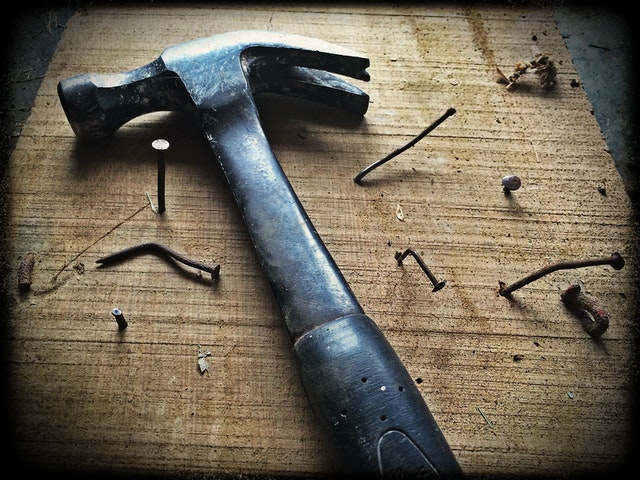
Introduction:
A clean and well-organized closet not only enhances the aesthetics of your home but also ensures the longevity of your clothes and personal belongings. However, mold growth can quickly turn your closet into a damp, musty, and potentially harmful environment. To prevent mold from taking hold, it is crucial to implement effective strategies that address moisture control, ventilation, and cleanliness. In this article, we will discuss various practical tips and techniques to help you maintain a mold-free closet, protect your cherished items, and promote a healthy living environment.
Understanding Mold and Its Impact on Closets:
Mold is a type of fungus that thrives in damp and humid environments. It reproduces through tiny spores that are present in the air and can settle on various surfaces, including clothes, shoes, and accessories stored in closets. When these spores encounter moisture, they can quickly develop into mold colonies, leading to discoloration, musty odors, and potential damage to your belongings.
Mold growth in closets poses several risks. First and foremost, it can cause health issues, especially for individuals with allergies or respiratory conditions. Mold spores can trigger allergic reactions, such as coughing, sneezing, and eye irritation. Additionally, mold can damage fabrics, leather, and other materials, requiring costly replacements.
Strategies for Preventing Mold Growth:
Ensure Proper Ventilation: Adequate airflow is crucial in preventing mold growth in closets. Keep the closet door open whenever possible to allow air circulation. If the closet lacks natural ventilation, consider installing a small vent or air vent system to facilitate airflow. Additionally, avoid overcrowding the closet, as it hinders proper air circulation. Create enough space between clothes and items to promote ventilation and reduce moisture retention.
Control Humidity Levels: Maintaining optimal humidity levels is vital for mold prevention. The ideal relative humidity for indoor spaces, including closets, is between 30% and 50%. Use a hygrometer to monitor humidity levels and consider using a dehumidifier if necessary. Place moisture absorbers like silica gel packets or desiccants in the closet to remove excess moisture from the air. Remember to replace or recharge them regularly to ensure their effectiveness.
Regular Cleaning and Maintenance: Regular cleaning and maintenance are essential in preventing mold growth. Wipe down closet surfaces, including walls, shelves, and rods, with a solution of vinegar and water. Vinegar has natural antimicrobial properties that inhibit mold growth. Vacuum or sweep the closet floor to remove dust, dirt, and potential mold spores. Clean the closet regularly, paying attention to hidden corners and hard-to-reach areas.
Monitor and Address Moisture Sources: Identifying and addressing moisture sources in and around the closet is crucial for effective mold prevention. Check for water leaks, plumbing issues, or any signs of moisture infiltration. Repair any leaks promptly and ensure proper insulation around pipes and vents. Use moisture-resistant paint or a moisture barrier on closet walls to prevent moisture from seeping in.
Use Mold-Resistant Materials: When designing or renovating your closet, opt for mold-resistant materials whenever possible. Mold-resistant drywall, paints, and varnishes can help inhibit mold growth. Choose shelving materials that are less prone to moisture absorption, such as metal or plastic-coated wire racks. Avoid using materials like untreated wood or fabric that can provide a suitable environment for mold growth.
Organizational Tips for Mold Prevention:
Proper Clothing Storage: Ensure that clothes and other items are completely dry before storing them in the closet. Moisture trapped in fabrics can promote mold growth. If storing damp items is unavoidable, use moisture-absorbing products like cedar blocks, activated charcoal, or silica gel packets to minimize moisture levels.
Allow Space and Air Circulation: Avoid cramming the closet with too many items. Overcrowding restricts airflow, making it difficult for moisture to evaporate. Allow sufficient space between clothes and accessories to promote air circulation. Avoid hanging clothes too close together, and use appropriate hangers that allow garments to breathe.
Regularly Rotate and Inspect Items: To prevent mold from developing on seldom-used items, rotate and inspect your belongings regularly. Take out and inspect items that haven't been used for a while, and clean them before returning them to the closet. This practice ensures that hidden moisture or mold is detected and addressed promptly.
Conclusion:
Preventing mold growth in your closet requires a proactive approach that focuses on moisture control, proper ventilation, regular cleaning, and organizational strategies. By implementing the techniques discussed in this article, you can maintain a clean and mold-free closet, preserving the quality of your clothes and personal belongings. Remember to monitor humidity levels, address moisture sources promptly, and promote air circulation within the closet. With these preventive measures in place, you can enjoy a healthier living environment and protect your precious items from the damaging effects of mold.










